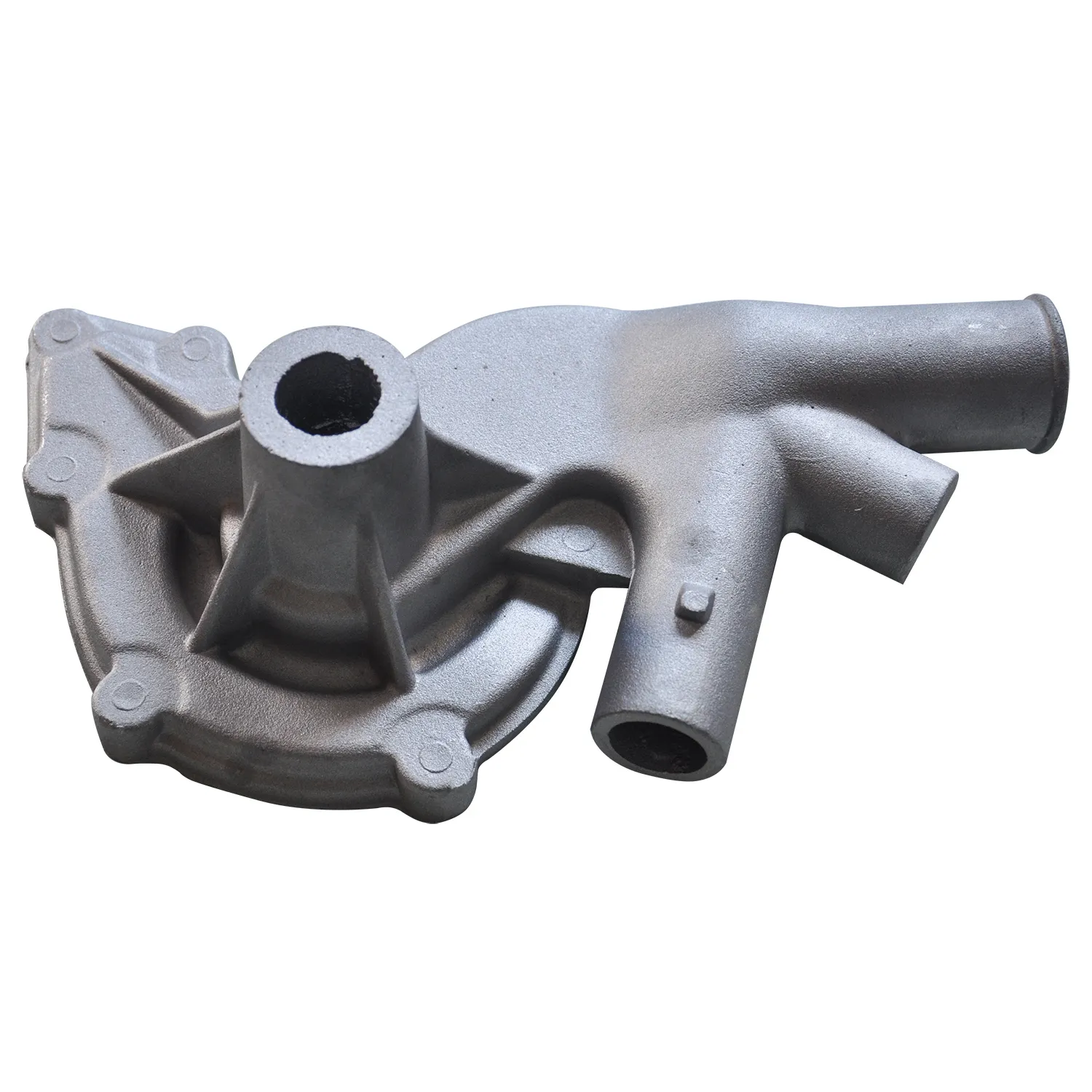Mobile:+86-311-808-126-83
Email:info@ydcastings.com
Exploring the Essential Role of Bearing Housing in Turbocharger Performance and Efficiency
Understanding the Bearing Housing in Turbochargers
Turbocharged engines have become synonymous with power and efficiency in modern automotive design. At the heart of these turbochargers lies a critical component the bearing housing. This small yet significant part plays a pivotal role in the overall performance and longevity of the turbocharger, ensuring that the engine operates smoothly while delivering the desired power output.
The bearing housing is responsible for supporting the turbocharger’s rotating assembly, which includes the turbine and compressor wheels. It serves multiple functions it provides a stable foundation for the turbocharger’s internal components, houses the bearings that allow for smooth rotation, and is critical in maintaining the proper alignment of these components. Understanding its design and functionality can provide valuable insights into not only how turbochargers work, but also how they enhance engine performance.
Understanding the Bearing Housing in Turbochargers
The bearing system within the housing is another significant aspect. Most modern turbochargers utilize either journal bearings or ball bearings. Journal bearings are more commonly used due to their ability to provide a larger surface area for load distribution, which results in lower friction and wear. However, ball bearings, while more expensive, offer superior responsiveness and faster spool times, making them ideal for high-performance applications. The choice between these two systems often depends on the specific requirements of the engine and the desired performance characteristics.
bearing housing turbocharger

Cooling is another essential function of the bearing housing. Inadequate cooling can lead to oil breakdown, causing increased wear and potentially catastrophic failure. Many turbochargers incorporate an oil-cooling system where engine oil transfers heat away from the bearing housing, ensuring that the components remain within operational temperature limits. Some designs also include water cooling pathways to enhance heat dissipation further, reflecting the importance of temperature management in turbocharger design.
In addition to its primary functions, the bearing housing also plays a role in maintaining oil supply to the turbocharger. A proper oil supply is crucial for lubrication, cooling, and cleaning, as oil not only reduces friction but also carries away contaminants. A well-designed bearing housing includes oil passages that provide a sufficient flow of oil to the bearings while preventing leaks, thus ensuring optimal operation and longevity of the turbocharger.
Failure in the bearing housing can lead to severe engine damage, often a result of oil starvation, overheating, or excessive wear. Regular maintenance checks and using high-quality engine oil can mitigate these risks. Understanding the signs of a failing turbocharger, such as unusual noises, excessive smoke, or reduced performance, can prompt early intervention, saving time and costs associated with major repairs.
In conclusion, the bearing housing is a crucial element in turbocharger design, affecting everything from performance efficiency to overall engine longevity. As turbocharging technology continues to evolve in pursuit of greater efficiency and power, the significance of innovative bearing housing designs will play an essential role in shaping the future of automotive engineering. By recognizing its importance, engineers and enthusiasts alike can appreciate the intricate balance that makes turbocharged vehicles an exciting evolution in the automotive world.
-
Why Should You Invest in Superior Pump Castings for Your Equipment?NewsJun.09,2025
-
Unlock Performance Potential with Stainless Impellers and Aluminum End CapsNewsJun.09,2025
-
Revolutionize Your Machinery with Superior Cast Iron and Aluminum ComponentsNewsJun.09,2025
-
Revolutionize Fluid Dynamics with Premium Pump ComponentsNewsJun.09,2025
-
Optimizing Industrial Systems with Essential Valve ComponentsNewsJun.09,2025
-
Elevate Grid Efficiency with High-Precision Power CastingsNewsJun.09,2025











